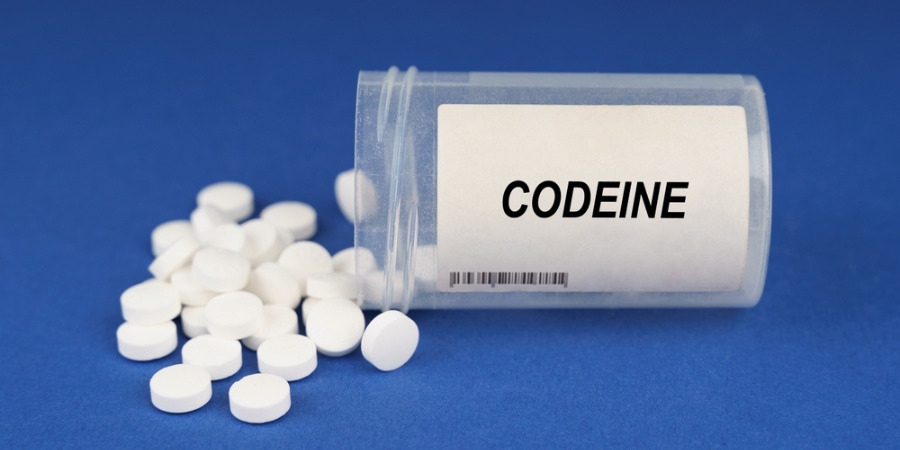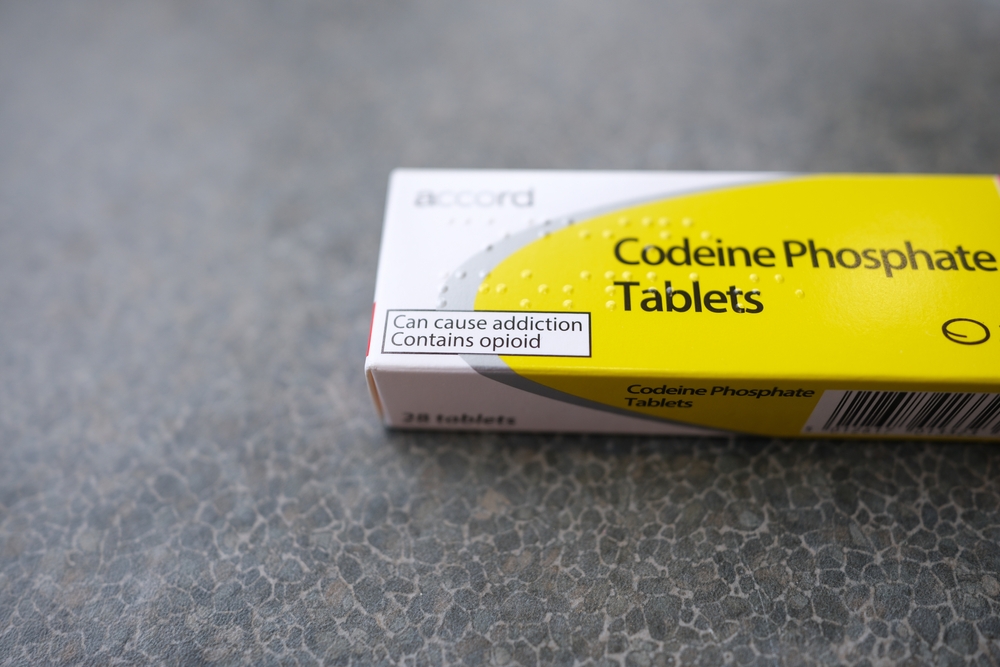Last Updated:
June 9th, 2025
Codeine Rehab Treatment | What to Expect
Codeine addiction rarely announces itself loudly but rather sneaks up without warning. Maybe you were given codeine after surgery or started using it to ease pain or help you sleep. It probably felt harmless at first, but it stopped feeling like something you had control over somewhere along the way. If you’re using codeine regularly and struggling to cut back, it’s a clear sign that you might need help. With the right codeine addiction treatment, you can break free from that cycle and start feeling like yourself again.

What is codeine rehab?
At its core, codeine rehab is a professional programme of healing. It removes codeine from your body and then works out how it became your go-to in the first place. The codeine rehab process often starts with a thorough assessment of your health, usage and personal situation. Treatment may then include a closely supervised codeine detox, an extended programme of therapy and possibly codeine addiction treatment medication.
One of the biggest focuses is understanding what pain, whether physical, emotional or both, has been fuelling your codeine use and helping you find safer, healthier ways to either resolve or manage that pain in the days and years to come.
Why is codeine rehab important?
Codeine is often seen as a mild painkiller, but the damage it causes over time can be anything but mild. It’s easy to underestimate how quickly dependence can develop, especially when codeine was prescribed by a doctor or taken for what felt like a genuine reason. But regular use can change the way your brain handles pain, stress and pleasure, and before long, you may find yourself taking more and more codeine habitually.
Codeine addiction treatment gives you a way out. It helps you withdraw from codeine safely, address the mental and emotional side of your addiction and rebuild a life that doesn’t revolve around codeine. It also connects you with professionals and peers who have been there and done it and know how to support you through it all.
What does the codeine rehab process involve?
The codeine rehab process usually begins with detox, especially if you’ve been using codeine regularly for a long time. This step should always be done under medical supervision since withdrawal can be uncomfortable and even risky without the right care. Many rehab centres use codeine addiction treatment medication to help ease symptoms like restlessness, insomnia, nausea and muscle pain, so discomfort and danger are kept to the bare minimum.
After the codeine is cleared from your body and the fog from your mind, the emotional healing begins. You will look back at your life, discover the gradual steps that locked you into addiction and build up tools to prevent relapse.
Most importantly, you will be professionally supported every step of the way. You won’t be judged or rushed and will have all the time and space you need to heal at your own pace.
What are the options for codeine addiction treatment?
Inpatient codeine rehab offers a chance to step away from daily pressures and focus entirely on codeine recovery. You will live at the private codeine rehab centre for a set period of time, surrounded by 24/7 care, structure and a community of people on the same path. It is often the best option if your dependency is severe or if you’ve tried to quit codeine before and found it difficult to stick with.
Outpatient rehab, on the other hand, allows you to attend treatment sessions while you are still living at home. It can work well for people with a strong support system, mild to moderate addiction (not something you should attempt to assess yourself without professional help) or commitments they can’t put on hold. While it’s more flexible, it also requires more self-discipline and accountability so it isn’t right for everyone.

Here is how outpatient and inpatient codeine rehab compare:
Flexibility
- Inpatient codeine rehab: Highly structured – ideal if you need a firm routine and accountability.
- Outpatient codeine rehab: Flexible scheduling – could work for you if you have work, childcare or other responsibilities you can’t step away from.
Living arrangements
- Inpatient codeine rehab: You will stay at a residential rehab centre full-time, away from daily stress and temptation. It creates space for deep focus and healing without outside distractions or access to codeine.
- Outpatient codeine rehab: You will live at home and travel to treatment. This can be more convenient but also means you’re staying in the same environment where addiction developed and where codeine may be available.
Support level
- Inpatient codeine rehab: You will have access to round-the-clock care, daily therapy and constant encouragement from staff and peers.
- Outpatient codeine rehab: You’ll have scheduled sessions but more time on your own. This is why it works best when you have strong motivation and home support.
Detox access
- Inpatient codeine rehab: Detox happens upon arrival under full supervision with medical staff helping manage symptoms and keep you safe.
- Outpatient codeine rehab: Detox may be referred externally and monitoring may be limited to short check-ins.
Cost
- Inpatient codeine rehab: Generally provided through private codeine rehab centres with higher costs but faster access.
- Outpatient codeine rehab: More affordable, especially if accessed via the NHS though waiting times can be frustratingly long.
Therapies involved in codeine addiction treatment
Effective treatment for codeine addiction needs to go deeper than the surface. Some of the most commonly used therapies and treatments which you should look out for in a codeine rehab programme include:
How to find codeine addiction treatment near me
If you are ready to make a change but feel overwhelmed by the options, we’re here to make it easier. At Addiction Helper, we’ll help you find the right codeine rehab programme so you can get started as soon as possible. Get in touch with us today and give yourself the best present possible – the gift of a fresh start.
Our compassionate team are ready and available to take your call, and guide you towards lasting the lasting addiction recovery you deserve.
Frequently Asked Questions
(Click here to see works cited)
- UK-Rehab. “Codeine Addiction & Abuse | UK Rehab.” UK-Rehab, https://www.uk-rehab.com/opiate-addiction/codeine/. Accessed 26 March 2025.
- Carter, Alan, and Zawn Villines. “Codeine withdrawal: Symptoms, timeline, causes, and treatments.” Medical News Today, 9 May 2022, https://www.medicalnewstoday.com/articles/326849#causes. Accessed 26 March 2025.
- UK Addiction Treatment Centres. “Codeine Addiction: Codeine Abuse Signs & Symptoms | UKAT.” UK Addiction Treatment Centres, 5 December 2023, https://www.ukat.co.uk/addiction/drug/prescription/opiate/codeine/. Accessed 26 March 2025.
- REFERENCE
- REFERENCE

